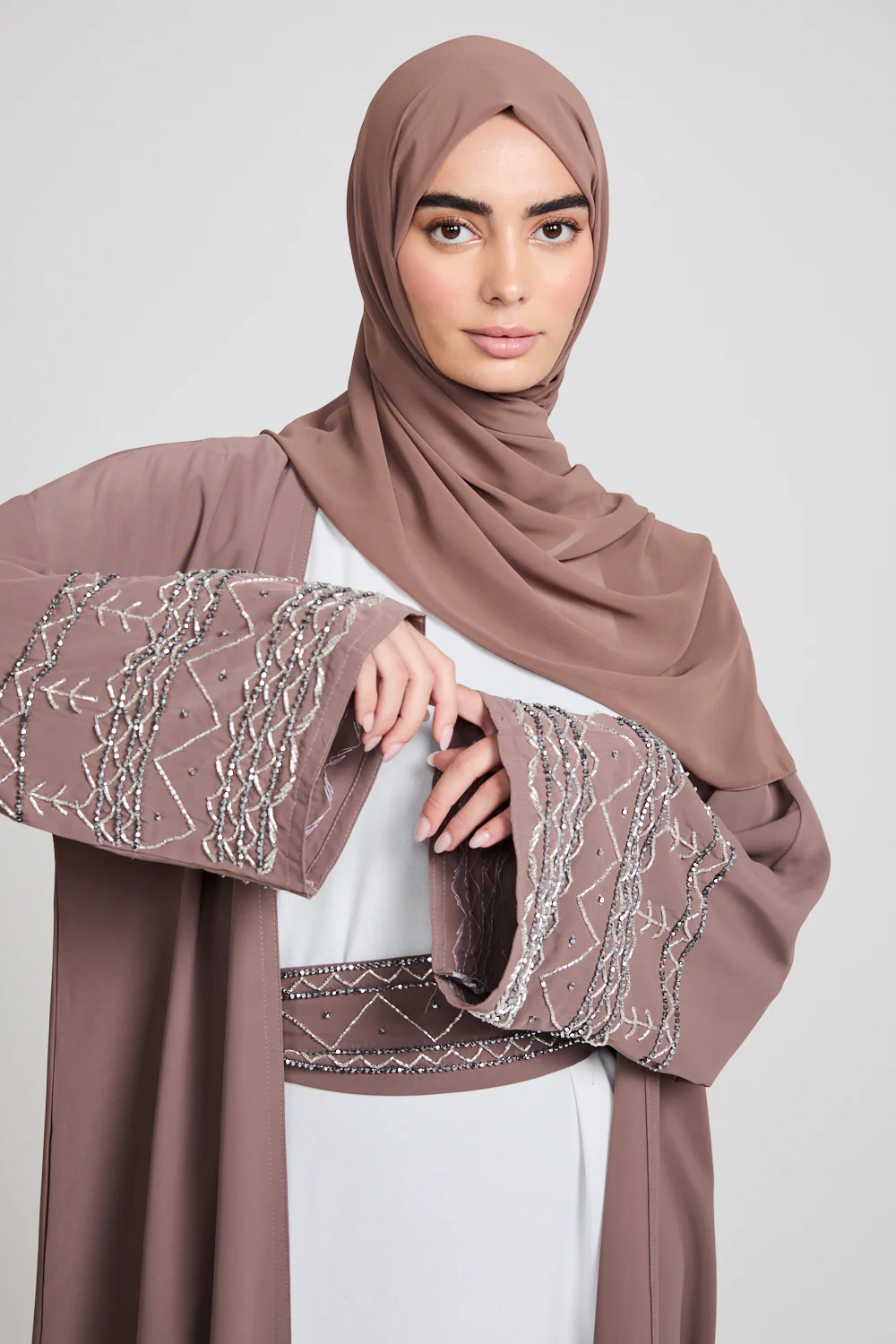Silk a fabric that has carried the silence of empires, the whisper of prayers, and the touch of celestial lightness for centuries. In the Arab world, silk (حرير harīr) is not merely a material, but a sign of blessing, spiritual purity, and divine beauty.
Its story begins along the ancient Silk Road, which connected East and West — from China, through Persia and the Arabian Peninsula, all the way to the Mediterranean.
Caravans carried silk together with frankincense and myrrh, and in Arab tradition, silk has always held a special meaning.
The most renowned silk centers on the Arabian Peninsula were Yemen and Oman, where master weavers combined Chinese and Indian techniques with Arab ornamentation. Later, during the Ottoman period, silk from Damascus and Aleppobecame a synonym for luxury and the art of refined living.
In the Qur’an, it is mentioned as the fabric of paradise, and its softness and sheen symbolize purity of heart, inner peace, and spiritual enlightenment.
That is why, in Arab culture, silk was often gifted as a token of respect, love, and prayer for prosperity.

